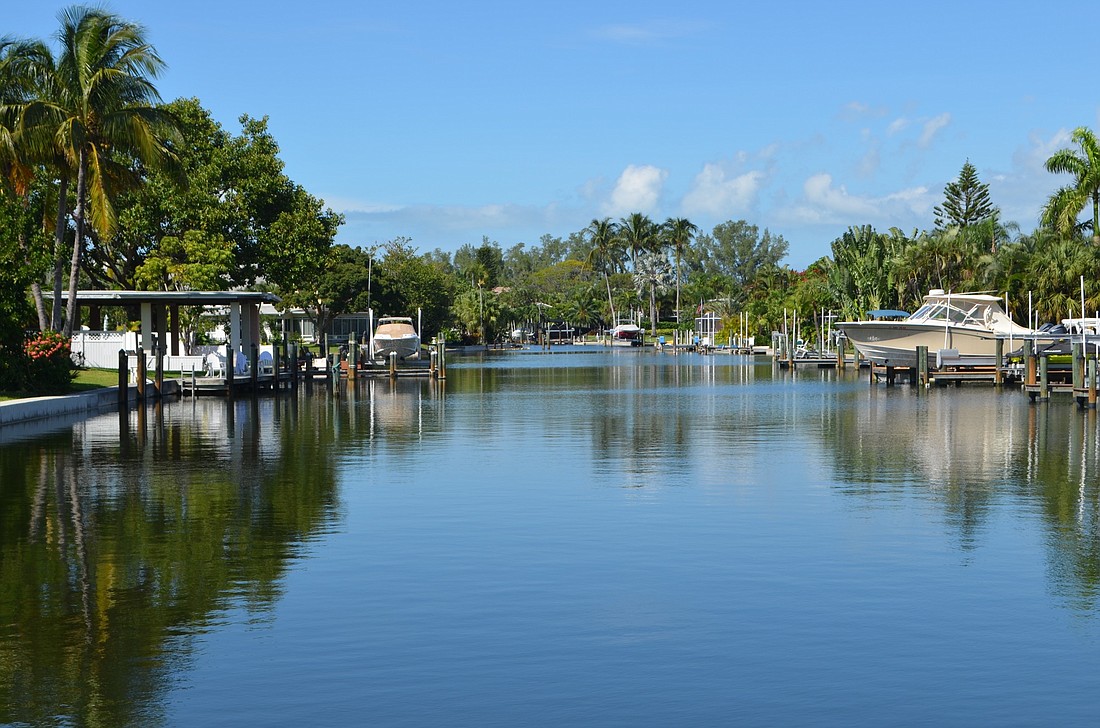- December 22, 2024
-
-
Loading

Loading

There's less "weasel'' language in town rules regarding dock construction these days.
Completing a process that began in early 2019 when town officials began identifying individual areas of the zoning code to address and modify, Town Commissioners this month gave final approval to changes in rules regarding the size of boat docks, their placement and how much space they can occupy in canals. Along the way, they deleted previously existing caveats.
In some cases, especially in Bay Isles, Country Club Shores and some other neighborhoods, canals present little problem with the passage of vessels. Elsewhere, navigable space is as tight as 12 feet. The town requires docks to be no more than 30 feet in width or 30% of the total width of the canal, whichever is less.
Key to the discussion is how to best encourage staggered construction of docks on opposing sides of a canal, to allow for maximum navigable space. "These are existing conditions on our canals, which are challenging to be able to navigate through. As you get into wider canals, that's less of an issue,'' said Allen Parsons, the town's director of planning, zoning and building.
The town previously relied on the phrase "to the extent possible'' to help work with property owners to encourage offsetting without hard-and-fast requirements. Commissioner Ken Schneier pointed to a phrase in the rules he saw as providing sufficient flexibility: "a new dock shall not be located directly across from existing structures over water in a manner that creates a navigational hazard or interference with another vessel.''
"That is an absolute, and you won't be allowed any fudge room on that,'' he said. "There should be an absolute, you cannot create a navigational hazard. Period. So we shouldn't have 'to the extent possible' at the beginning nor should we have 'unless it is unfeasible' at the end. We don't need either one of those. ''
Town Attorney Maggie Mooney said the reason for the flexible phraseology was to allow landowners the means to preserve constitutionally protected access rights to the waterfront.
"I don't think we want to allow someone to build a dock that would block other boats from going up and down a canal,'' Commissioner Mike Haycock said.
Parsons ultimately agreed with changes to the rules.
"I think we probably can lose the weasel language and still have some ability for staff to be able to accept there isn't an alternative under certain conditions,'' he said.
As part of the same process of identifying areas of code to address, commissioners also offered final and unanimous approval to a measure that treats rules pertaining the construction of racket-sport courts that same, eliminating the word "tennis." This allows for the construction of facilities for pickleball, tennis or other sports to follow uniform standards. Ultimately, concern about the sounds related to pickleball, which had been a concern early in the discussion, were not added.